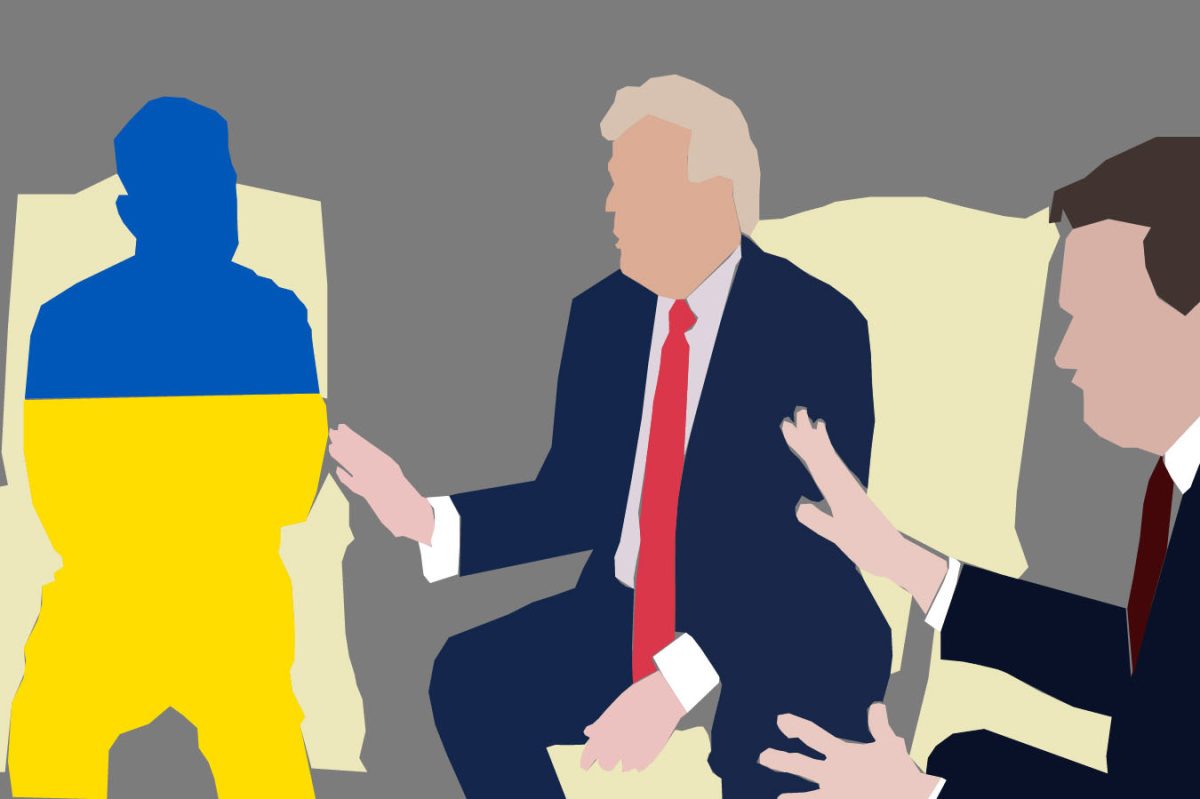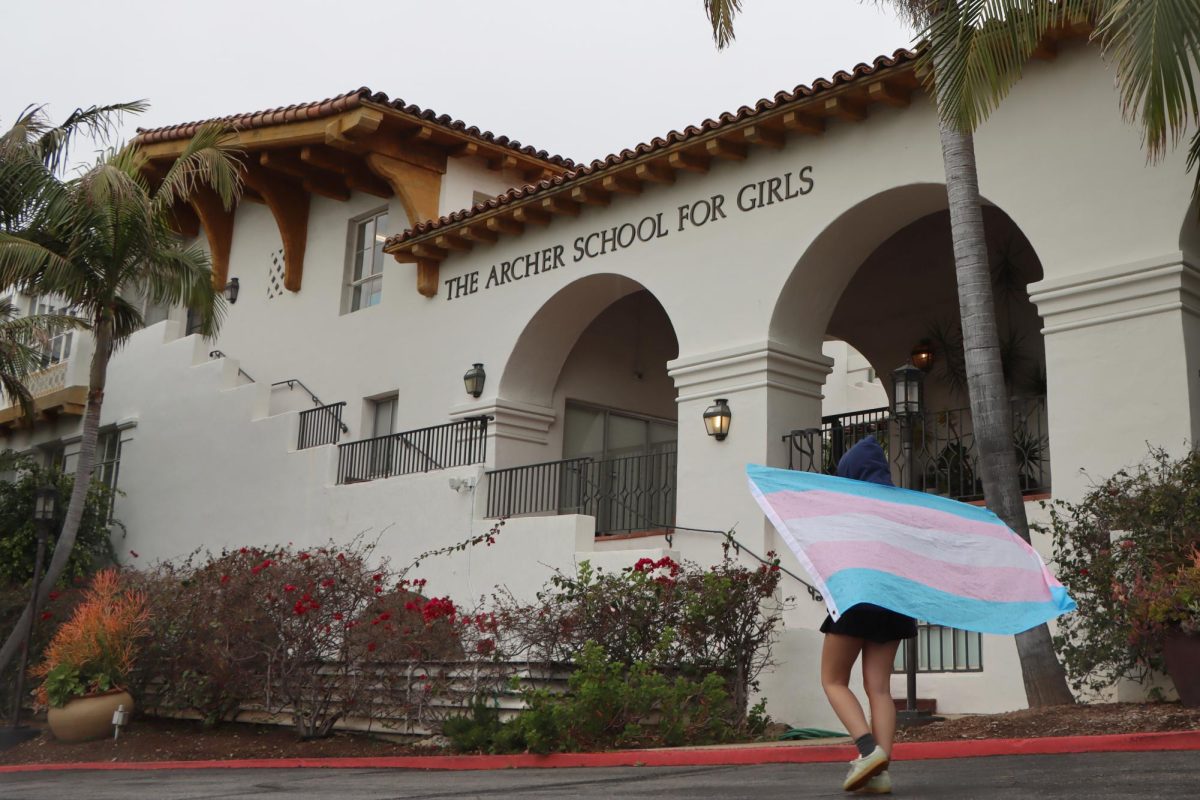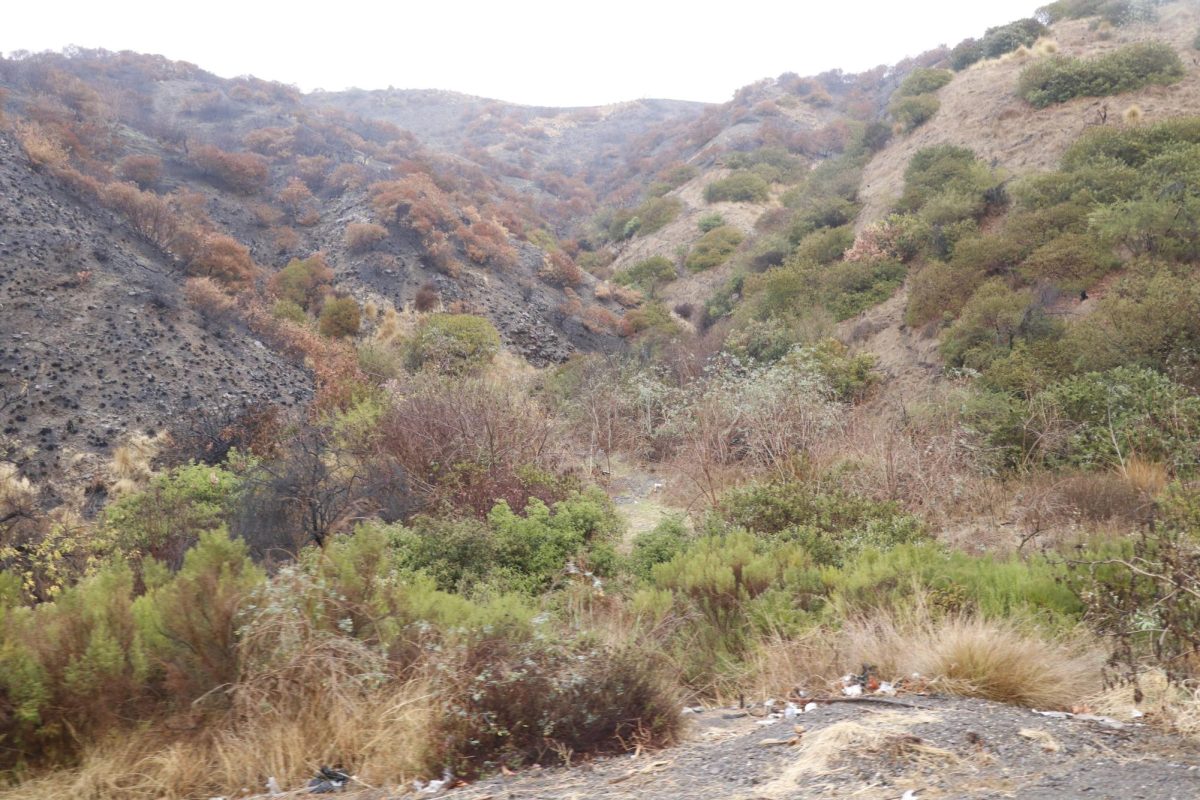In 2009, Archer’s Technology Committee began a voyage to transform Archer into a one-to-one laptop school. The committee has made numerous technological advancements over the last six years in order to give students an opportunity to supplement their education with personal computers.
The committee includes faculty members and administrators Rick Benfield, John Chen, Jolina Clement, Samantha Coyne-Donnel and Karen Pavliscak.
The school purposefully only uses Apple products in order to simplify an otherwise complex system. Chen communicates directly with a representative from the company, and Clement takes care of all of the ordering.
The Technology Committee considers all aspects and implications of technology on the community.
“As far as the laptop program, the committee chooses everything about the equipment, which all goes through an evaluation process that determines if the new machines will work properly and if they will suit the students’ needs in terms of media,” Chen said.
“The computers were first cycled into sixth, ninth and 12th grades when Archer began the effort to become a one-to-one laptop school in 2010, which has since dictated who receives the new machines,” he said. “When a machine gets up to three years old, all of the computers get returned and students receive their new machine the following year.”
The three-year cycle that Chen speaks about is the deciding factor when it comes to which students get new technology. However, the year that a student enters into Archer is also a large factor. A student who enters as a seventh grader might only get to keep their computer for two years to ensure that their entire class has all of the same machines and software.
From an educational technology perspective, Clement suggests that being a one-to-one school enables customization in the instruction that each student receives.
“It gives you more opportunities to do blended learning or Online School for Girls and to communicate and create things in a really different way,” she said.
Many students have also voiced their appreciation for the one-to-one laptop program.
“It’s convenient. I have one place to store all of my things and because everybody has the same type [of computer], we can always help each other with any problems we are having with our laptops,” Kennede Tucker ’20 said.
It’s really empowering because it helps prepare you for the world where you are going to be required to do those types of things on your own. This is the right environment to learn that in and I think we have such a great community to do that in,” Clement added.
Before students even get their hands on the laptops, the Technology Committee endures a lengthy ordering and imaging process.
“After we place the order, it takes about a month for the machines to get here, and then after we get them we have to image them and prepare them for the school. We usually have to plan in the spring at the latest. Maybe even before then so we can figure out what we’re going to do the next year,” Clement said. “If we’re at a juncture where we need to replace the machines then obviously we want to replace [them] with something new – hopefully better, more effective and efficient for the school.”
Faculty members received brand new Apple Macbook Pro laptops in August. All sixth and ninth grade students received Macbook Airs.
“The Macbook Airs are lighter – a little less than a pound lighter,” Chen said. “We heard the feedback from different grade level deans as well as other students that the [laptops] were a bit heavy and hard to manage; so we decided on the Macbook Airs.”
Macbook Airs do not have CD drives, their processors are less powerful and their hard drives are smaller. However, they are lighter and fast. “There are a bunch of tradeoffs and balances,” Chen said.
 The Oracle sent out a survey for students to share their personal opinion about the technology program, of which 188 students responded. 75 percent of students said that they found their school laptop to be “always helpful,” while one percent said they did not find their laptop helpful at all.
The Oracle sent out a survey for students to share their personal opinion about the technology program, of which 188 students responded. 75 percent of students said that they found their school laptop to be “always helpful,” while one percent said they did not find their laptop helpful at all.
Twenty-five percent of students said that they often have trouble printing, and 48 percent said their computer often processes slowly.
“The new software makes our old computers much slower than normal,” Kendra Casey ’16 said.
“It’s a bit rough to know that lower grades have lighter computers than us because we have a ton of work and a lot of stuff to carry in our backpacks, on top of a heavy computer,” Rachel Karasik ‘16 said.
Clement responded to the negative feedback. She emphasized that updating technology in a school environment is not as simple as it would be for an individual to buy her own computer. The committee considers how all of the computers will work together, connect to the network and promote a safe learning environment.
“It’s kind of like a big puzzle,” she said. “The goal is to give you tools to learn. The thing that is frustrating that I see so often in my position is that the technology that is available to consumers, there is a disparity between that and the technology that we have in the school.”
She talked about the challenges of being a tech administrator.
“You want to help people but sometimes you can’t give them the best thing that’s available. The best thing that you can do is give them something that works in our environment, [something that] meets all of their needs,” she said.
Clement emphasized that the laptop program’s main purpose is to aid in learning. She said that the program might frustrate community members, but “at the end of the day its about the learning.”










